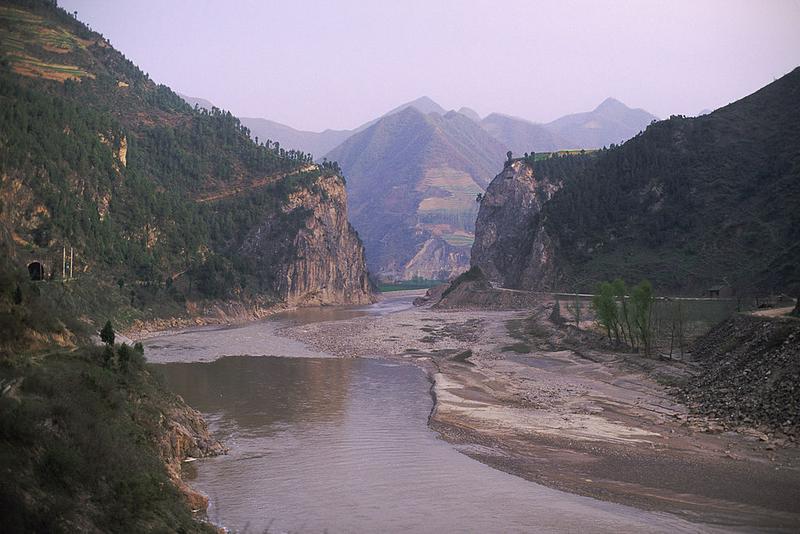Deadliest Earthquake In History: China's 1556 Quake And Its Path Of Destruction
By | January 21, 2021

On January 23, 1556, China's Ming Dynasty was rocked by a huge earthquake that became the deadliest quake in recorded history. Although it lasted only a few seconds, its toll was staggering and its effects were felt for generations.
The Shaanxi Earthquake
In the early hours of January 23, 1556, the Wei River Valley, located in the Huazhou District of the Shaanxi Province in northern China, was rocked by an earthquake that modern scientists have estimated at around an 8 on the Richter Scale. The earthquake—which has been known variously as the Jiajing Earthquake because it happened during Emperor Jiajing’s reign, the Chinese Earthquake, and most commonly the Shaanxi Earthquake—only lasted a few seconds, but aftershocks continued for about six months after the initial quake.
The Wei River Valley was certainly no stranger to earthquakes. Falling neatly within three major fault lines, it's experienced at least 26 earthquakes in its time, but this one was different.

Why Was The Shaanxi Earthquake So Deadly?
At the time, the Shaanxi Province was a national center of trade and agriculture and one of the most populous regions of China, but in the blink of an eye, that population decreased by thousands. About 60% of the population of the Huazhou region, about 830,000 people, was killed in the Shaanxi Earthquake. Some villages were totally leveled, leaving only a few survivors, while others died in the ensuing days and weeks, to say nothing of the millions who were severely injured.
One reason the death toll was so high was because the majority of the population lived in homes called yaodongs, manmade caves carved from the soft soil of the hillsides surrounding the Wei River basin. These types of homes kept their occupants warm in the wintertime and cool in the heat of the summer, but when the earthquake struck, the soil lost its form, and thousands of people were buried under tons of dirt and rock. After the earthquake, homes were built using hardier materials, such as wood and bamboo.

The Deadliest But Not The Biggest
The Shaanxi Earthquake of 1556 may be history's deadliest earthquake, but it wasn't the biggest. In fact, it doesn't even crack the top 10 most powerful earthquakes. The top honor goes to the Valdivia Earthquake that struck Chile in 1960, which registered a 9.5 on the Richter Scale. The only reason those more powerful earthquakes didn't kill as many people as the Shaanxi Earthquake is because they struck less populous areas.
The Shaanxi Earthquake wasn't the deadliest natural disaster in Chinese history, either. On August 18, 1931, China's Yangtze River flooded, killing 3.7 million people either immediately or in the next few months. In 1887, the Yellow River burst through earthen dikes to flood a 50,000-square-mile area of the Henan Province, killing more than 900,000 people and destroying 11 large cities and hundreds of small villages.

Devastating Damage
Even if it wasn't the most powerful earthquake, the Shaanxi Earthquake managed to cause plenty of damage. It opened up a massive fissure 66 feet deep in the earth, leveled mountains, and changed the courses of rivers, leading to massive flooding that destroyed even more homes and farm fields. Fires broke out that burned for days, and structures were damaged as far away as 310 miles from the epicenter of the earthquake. Even today, a 26-foot fault scarp, or cliff, can be seen where one side of the fault line thrust upward.
The Shaanxi Earthquake also destroyed many culturally significant artifacts. The top floor of the Small Wild Goose Pagoda, which was built in 709, collapsed onto itself, and the Stele Forrest Museum, founded in the 11th century to house and preserve China's steles and stone sculptures, suffered severe damage. About 40 of the 114 stone tablets that make up the ninth-century Tang Stone Classics, which contained 12 classic Chinese stories, were damaged when the museum was struck.

